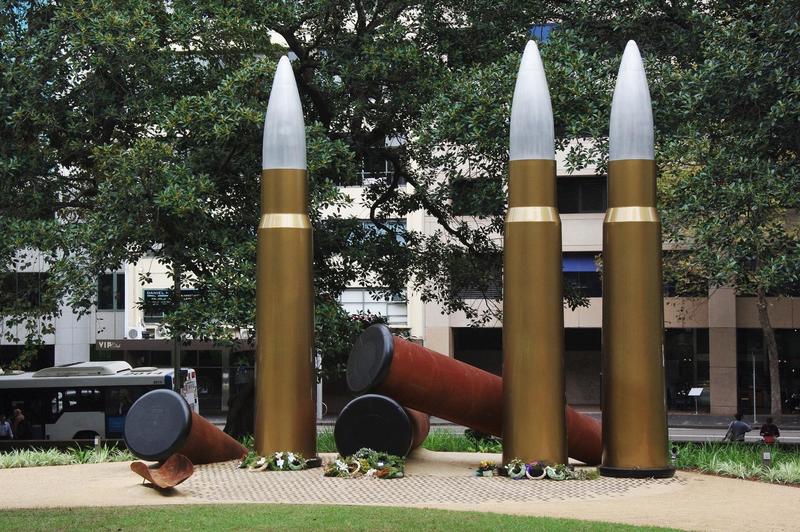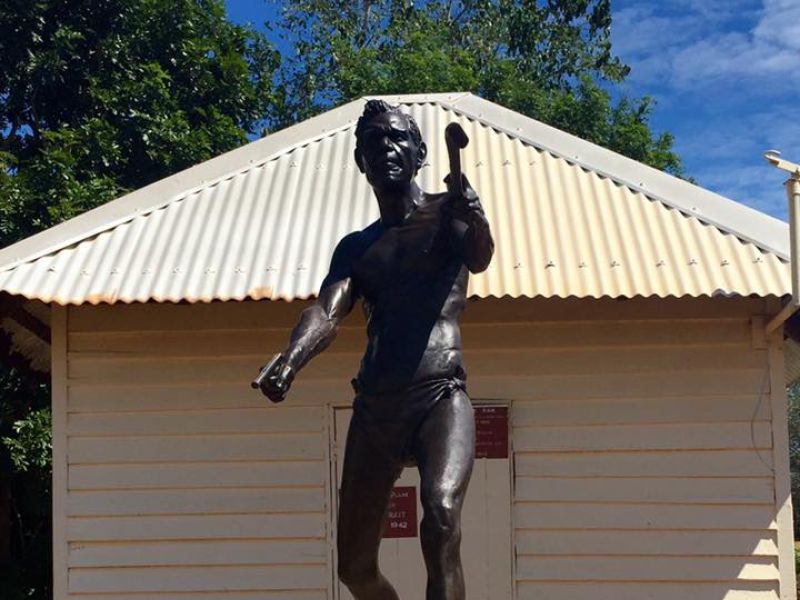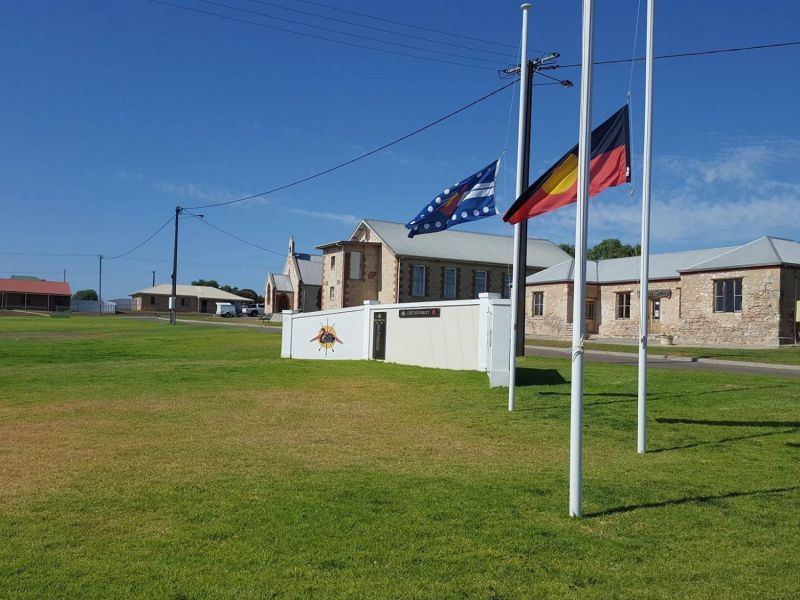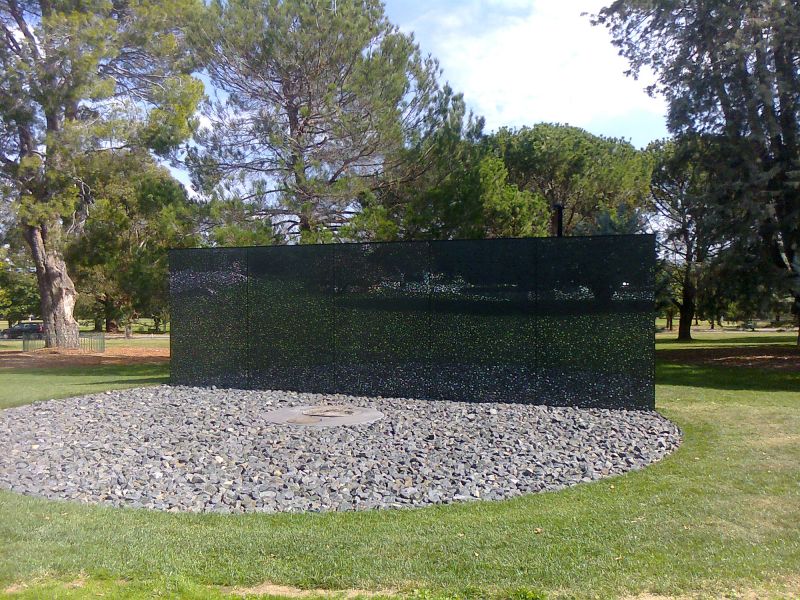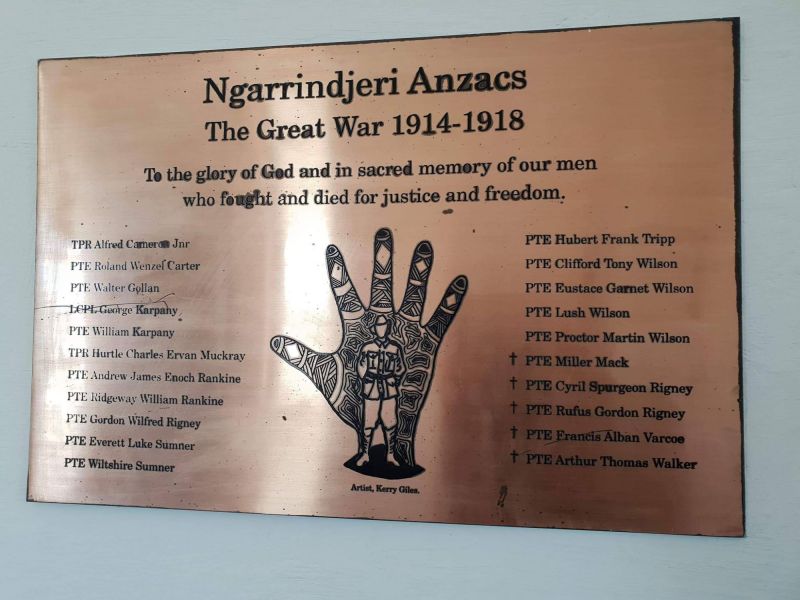'For our Country' and other Aboriginal and Torres Strait Islander war memorials
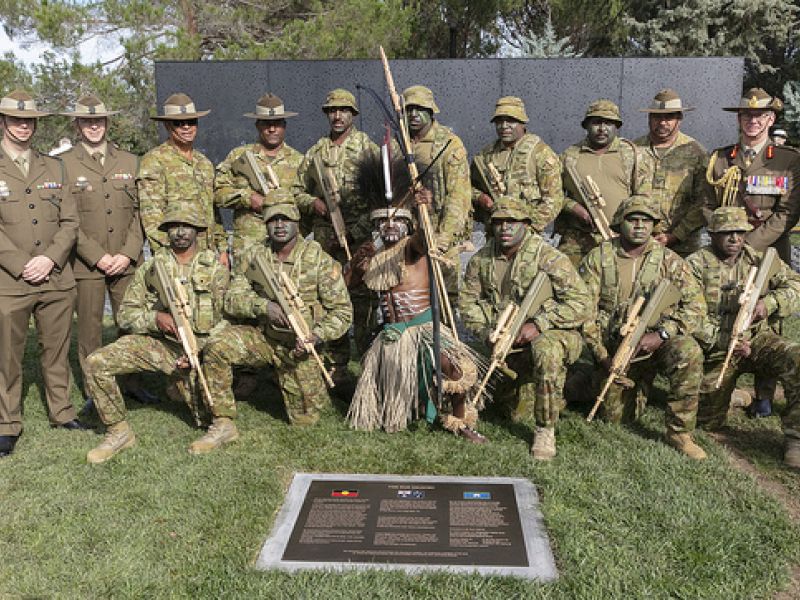
On 28 March 2019 the Australian War Memorial unveiled a new sculpture, For our Country, which recognises Aboriginal and Torres Strait Islander military service and experiences during wartime.
Director Dr Brendan Nelson said Aboriginal and Torres Strait Islander peoples have a long history of fighting for Country, dating back to before Federation.
“Within the spirit of equality is a special place accorded to Indigenous Australians. They have served in every conflict this country has engaged in. Despite laws that did not allow them to enlist, thousands volunteered to serve Australia.
“From a desperately unequal society they served, fought, suffered, and died for the young nation that had taken so much from them. Still today, Aboriginal and Torres Strait Islander men and women continue to do so with pride and professionalism, which is nothing short of inspiring. This sculpture honours their service,” said Dr Nelson.
Aboriginal and Torres Strait Islander people have a long-standing tradition of fighting for Country, and continue to serve today in the Australian Defence Force. For our Country will join other war memorials erected across Australia that commemorate Indigenous service and the impact of war on Indigenous communities.
Some of these war memorials are featured below.
Matthias Ullungura - Bathurst Island, Northern Territory
On 19 February 1942, Japanese forces launched their first attack on Australia with two air raids on Darwin. The first raid occurred just before 10 am, with bombs hitting infrastructure and parts of the town. During the air raid, Japanese Pilot Hajime Toyoshima was shot down and his aircraft crashed on Melville Island.
Toyoshima was disarmed and captured by Tiwi man Matthias Ullungura, who was on a hunting party when he saw Hajime. Ullungura crept up behind him and, prodding him with the back of his tomahawk, said “Stick ’em up.” Toyoshima was taken to Bathurst Island, where he would become the first Japanese prisoner of war captured on Australian soil during the Second World War.
The Japanese pilot was later transferred to the Cowra prisoner-of-war camp and later became one of the leaders of the 1944 breakout. The breakout is considered to be one the largest prisoner-of-war escape attempts in the Second World War. Of the 1,104 Japanese in the camp, 234 were killed and 108 wounded. Four Australians were killed in the breakout and immediate search for escapees.
In 2016, a life-sized statue of Ullungura was unveiled on Bathurst Island to commemorate the 75th anniversary of the bombing of Darwin and the role Tiwi Islanders played in the defence of Australia.
We are currently asking anyone with photographs of the statue to upload them to Places of Pride.
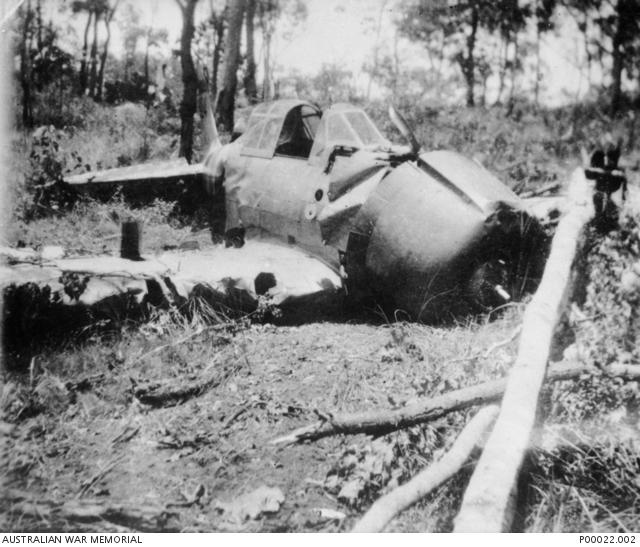
The Lockyer brothers - Whim Creek, Western Australia
When the Second World War broke out, five Aboriginal brothers from Western Australia enlisted, but only three would come home.
Brothers Arnold, Edgar, Elbert, Elliot, and Eric Lockyer grew up on Mallina Station, and were among the nation’s many Indigenous Australians who struggled for recognition in times of social, political, and economic inequality.
The brothers were determined to serve during the Second World War, and as Aboriginal men were motivated in attaining citizenship rights as well as serving their country. Arnold and Edgar joined the Royal Australian Air Force, while the others served in the Australian Imperial Force. However, in July 1945 Flight Sergeant Arnold Lockyer’s aircraft was brought down by the Japanese, and he was taken prisoner and later killed. Eric was killed in action while serving in Borneo.
In April 2011 a war memorial was unveiled by descendants of the Lockyer brothers in Whim Creek, close to where the family grew up. The memorial includes a stone and plaque for each of the five brothers.
Every year hundreds of people gather at the war memorial to pay tribute to the brothers and all Aboriginal and Torres Strait Islander people who have served.
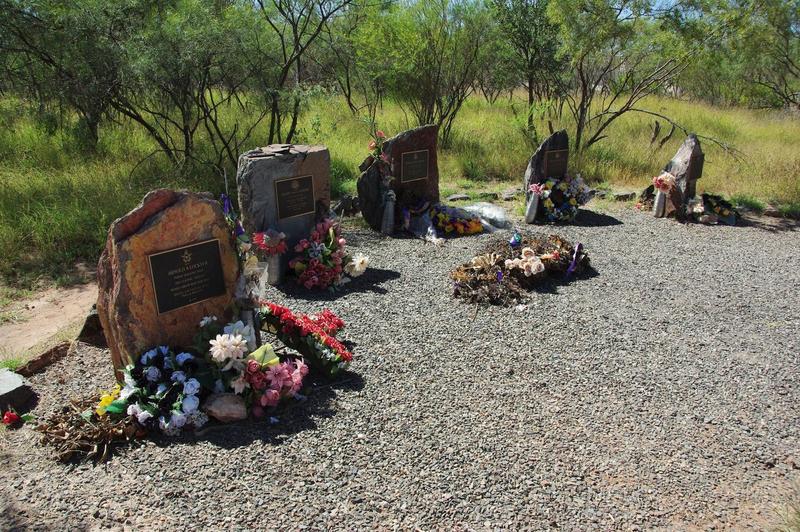
Ngarrindjeri Anzacs - Raukkan, South Australia
More than 1,000 Aboriginal and Torres Strait Islander people served their country in the First World War. They experienced the hardships of the battlefield and some paid the ultimate sacrifice.
When the First World War broke out, few Aboriginal and Torres Strait Islander people had full citizenship, and many were prevented from enlisting for military service. Despite this, many went to great lengths to serve, changing their names and lying about their birth locations and nationality.
Among those who served were the Ngarrindjeri Anzacs – a group of 21 young Aboriginal men from Raukkan in South Australia who enlisted during the First World War. They made up around 20 percent of the population at the Raukkan Mission at the time.
Today, the Ngarrindjeri Anzacs are commemorated by their community on the Raukkan Aboriginal War Memorial and the Ngarrindjeri Anzacs plaque on Seymour Street in Narrung. The Raukkan Church, which is featured on the Australian $50 note, contains a stained-glass window that honours the men from the community who served and died during the First World War.
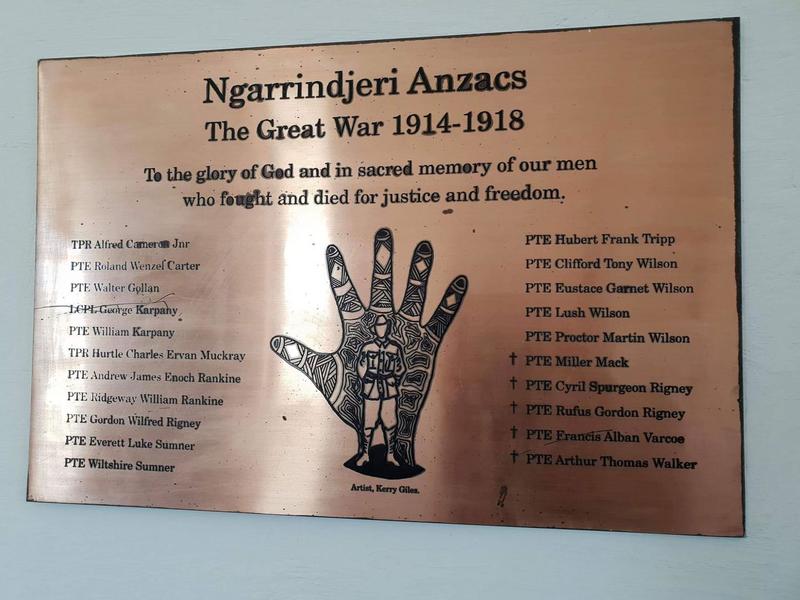
Yininmadyemi – Thou didst let fall - Hyde Park, New South Wales
Erected by the City of Sydney in 2015, Yininmadyemi – Thou didst let fall honours the bravery and sacrifice of Aboriginal and Torres Strait Islander men and women who have served their country.
The artwork by Sydney-based Aboriginal Girramay artist Tony Albert was inspired by his grandfather Private Eddie Albert, who served in the Second World War.
In April 1941 Albert was captured following a German armour attack in Libya, where he was serving with the 2/15th Battalion. He was one of many prisoners sent to Benghazi before being transferred to a prisoner-of-war camp in Italy. After spending two years interned in an Italian camp, Albert escaped in 1943 and joined the local partissans. In April 1944 the groups was recaptured by Italian Fascists. Three of the seven allied soldiers were executed. Albert was among those to be handed over to the Germans, and he remained in captivity until the war ended.
The sculpture comprises four standing bullets representing those who survived, and three fallen shells to signify those who were executed.
